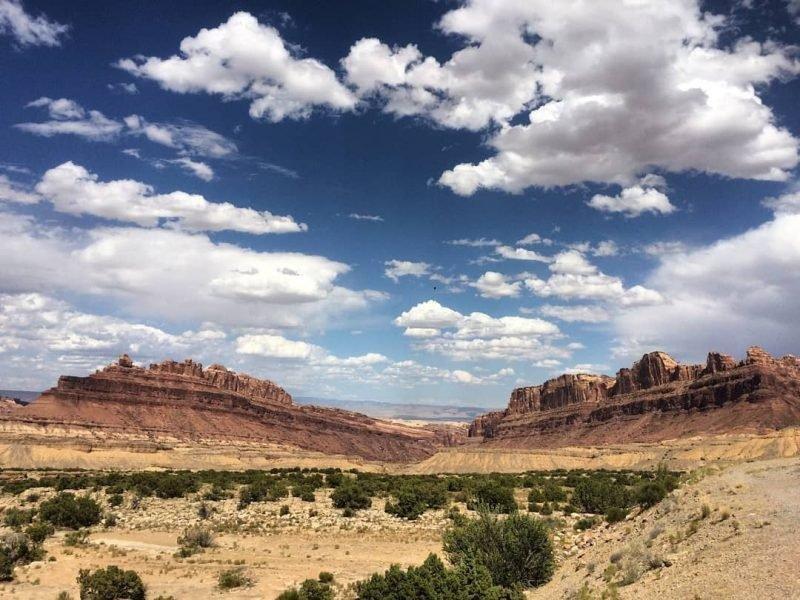By Julie Johansen
Around four decades ago, in the 1980s and 90s, a group of elected and appointed county officials, grazers, recreationalists, miners and several citizens met to form what became the Emery County Public Lands Council. Their purpose at this time was to find ways to protect our public lands and maintain multiple use on those lands.
At this time, it was on the minds of many of them that the San Rafael Swell could, and probably would be, the next National Monument. They had seen this written and also voiced by many in and around the newly-formed Grand Staircase Monument (1996). Contact and addresses were made to both state and national congressmen for recommendations and procedures to prevent control moved afar, which could limit the use of much of Emery County’s public lands. The lands council invited neighboring counties, wilderness groups, political representatives and anyone who wanted to be involved to the discussions at the regular scheduled meetings for several years and through many council members and chairmen.
Finally, in March of 2019, President Trump signed the Dingell Act into law following its passage by the United States Congress. The Dingell Act is a large omnibus legislation that protects public lands and modified management procedures. More than 100 small bills introduced by 50 senators and several house members are included with the Emery County Public Lands Management Act in the Dingell Act.
The act created recreation designations for the San Rafael Recreation Area and McCoy Flats Trail System and National Conservation Lands designations for Jurassic National Monument, John Wesley Powell Conservation Area, Green River Wild and Scenic River, expansion of Goblin Valley State Park, and various wilderness areas.
Right now, most of the implementation process is in the area of land exchanges designated by the act. It provided the means where by the many state sections owned by Utah School and Institutional Trust Lands Administration (SITLA) could be exchanged for Bureau of Land Management (BLM) lands outside the designated areas. This will allow the BLM to manage these areas more effectively. In return, SITLA will have lands with greater revenue-producing potential. This is very profitable for Utah’s schools, hospitals, colleges, universities and reservoirs, which benefit from the sales or leases of SITLA ground.
The BLM is actively involved in the implementation of the act by working with local communities, counties and the State of Utah to implement the new land designations, which will help to protect recreational opportunities as well as access on public lands. BLM lands are public lands owned by the United States. They are managed for multiple uses, including recreation, conservation and commercial uses. The Dingell Act brought this management much closer to home than it would have been with a monument designation.
This involves approximately 115,500 acres state trust lands and approximately 98,600 acres of public lands managed by the BLM. These land exchanges will essentially mean that nothing will change; what was allowed previously will still be allowed. There were compromises that came in order to get the passage of the bill, but grazing permits in the areas will remain the same as well as range improvements for the extent of the leases.
Another process happening at this time is the route evaluations, designations and signage. Emery County has been actively involved in this process, maintaining multiple uses and recreation opportunities for their citizens. This provides directions to the public for recreational opportunities. The working relationship with government agencies, including BLM, Forest Service, Utah Division of Wildlife Resources, State Parks, Utah Division of Oil, Gas and Mining, etc., has greatly increased through the years of working together. This was made possible with the development process and enacting of the act.


